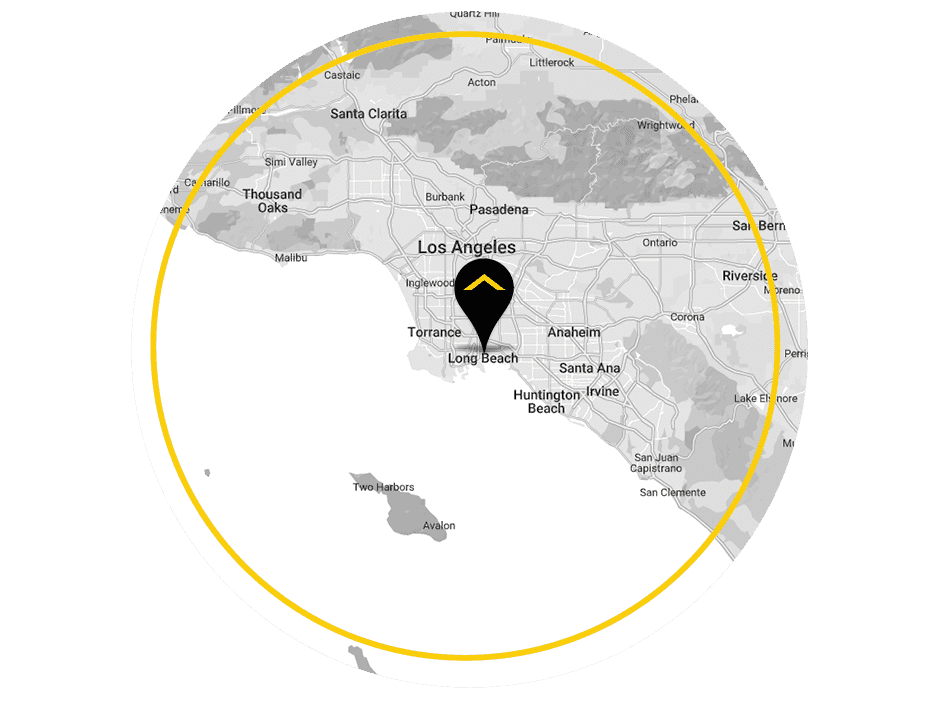What is the Process of Installing a Roof?
The roof installation process involves multiple steps, each requiring careful attention to detail to ensure a durable and long-lasting roof. Here's a breakdown of what to expect, from preparation to the final touches.
The first step is preparing for the installation, which begins with assessing the condition of your current roof. Before you can install a new roof, it's important to thoroughly inspect the existing one. This inspection helps identify any damage, such as water stains, mold, or loose shingles, that could compromise the structural integrity of the roof. Addressing these issues early on prevents future complications and extends the lifespan of your new roof.
Once the inspection is complete, you'll need to gather the necessary permits and documentation. Different areas have varying building codes, so it's essential to check with your local building department to ensure compliance. Having the proper paperwork ensures your project is both legal and up to code, which is especially important if you plan on selling your home down the line.
Next, you’ll select the roofing materials that best suit your needs. Whether you choose asphalt shingles, metal, or tile, factors like your climate, budget, and aesthetic preferences will influence your decision. Consulting with a professional roofing contractor can help you make the right choice to ensure the materials work well for your home’s design and environment.
Removing the Old Roof
Before the new roof can be installed, the old one needs to be removed. Safety is key during this process, so wearing protective gear, such as gloves, safety glasses, and harnesses, is essential. Additionally, setting up safety barriers and fall protection ensures a secure working environment.
With safety precautions in place, the removal process begins. This involves methodically tearing off the old roofing material—whether it’s shingles, underlayment, or flashing. Specialized tools like roofing shovels and pry bars help remove the materials while ensuring the underlying roof deck remains undamaged. Proper disposal of the old roofing materials is also crucial, so having a waste removal service or dumpster on hand will keep the worksite organized and efficient.
Once the old roof is off, the roof deck must be inspected for any damage or signs of rot. Addressing any weak or compromised areas by replacing or reinforcing them ensures a stable foundation for the new roof.
Installing the New Roof
After the roof deck has been prepared, the installation of the new roof begins. The first step is laying down the underlayment, which acts as a protective barrier between the roof deck and the new roofing material. Underlayment is crucial in preventing water from infiltrating the roof structure. To ensure durability, it’s important to install the underlayment properly by overlapping the edges and securing it with nails or staples.
Next comes the installation of the drip edge and flashing, which help direct water away from the roof and seal areas where the roof meets other structures, such as chimneys or vents. These components are vital for protecting against water damage, and their correct placement enhances the roof's overall longevity.
Once the underlayment, drip edge, and flashing are securely in place, it's time to install the main roofing material. Whether you're using shingles, metal panels, or tiles, the process starts at the bottom edge of the roof and works upward. For shingles, this involves nailing each row into place and making sure they align properly for both aesthetic appeal and durability. Metal roofing installation, by contrast, requires careful screwing and sealing of each panel.
Finishing Touches
After the main roofing material is in place, the next step is to install ridge caps, which protect the peak of the roof from water infiltration and give it a polished look. Proper ventilation also plays a key role in the overall performance of your roof. Installing systems such as ridge vents or soffit vents helps regulate the attic’s moisture and temperature, preventing problems like mold growth or ice dams in colder climates.
Sealing and waterproofing any vulnerable areas—such as around chimneys, skylights, or vents—is crucial in ensuring the roof remains leak-proof. This extra layer of protection ensures that the roof performs well, especially in areas prone to heavy rainfall or harsh weather.
Once everything is installed, a final inspection is performed to check for any potential issues. Cleaning up the worksite and removing any leftover materials or debris ensures a neat and safe environment around your home.
Maintenance and Longevity
Even after installation, a roof requires regular upkeep to ensure it performs well for years to come. Routine inspections, especially after severe weather, help catch any issues early before they turn into costly repairs. Cleaning gutters, checking for loose shingles, and inspecting flashing for wear are simple tasks that go a long way in prolonging the life of your roof.
If you notice any signs of damage, such as water stains on your ceiling or missing shingles, addressing them promptly can prevent further problems. In some cases, quick fixes like replacing a single shingle may suffice, but larger issues may require professional intervention. Keeping your roof clean and ensuring proper ventilation in the attic can also contribute significantly to its longevity.
Contact Our Roof Installers
Installing a roof is a complex process requiring professional expertise. At BYLTup, we provide high-quality roofing services in Long Beach, CA, from new installations to repairs and maintenance. Contact us today to ensure the health and performance of your roof for years to come!
Contact us online or call (562) 414-4425 to schedule an appointment for roof replacement in Long Beach, CA and the surrounding areas.




